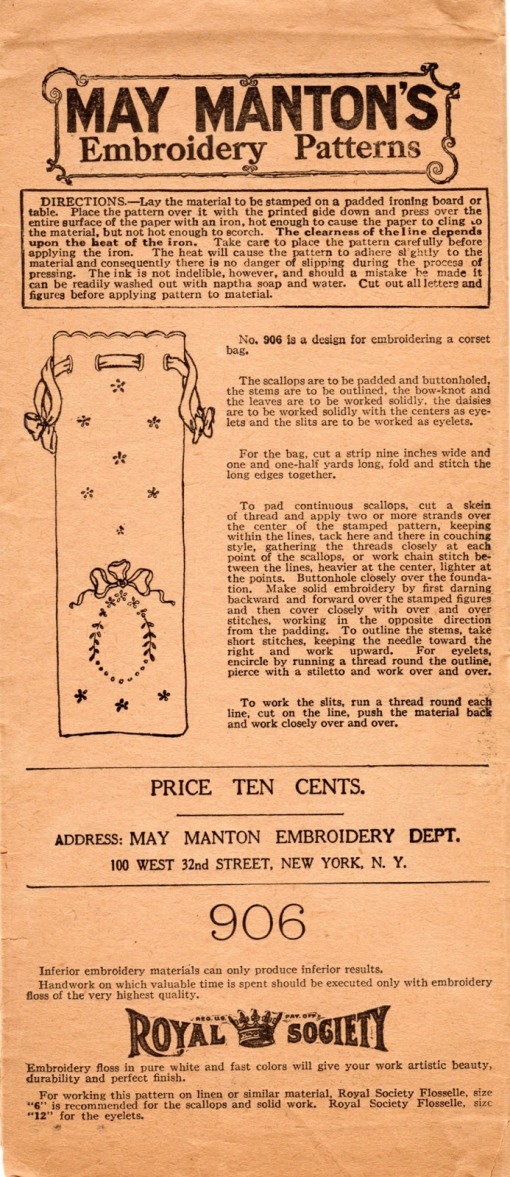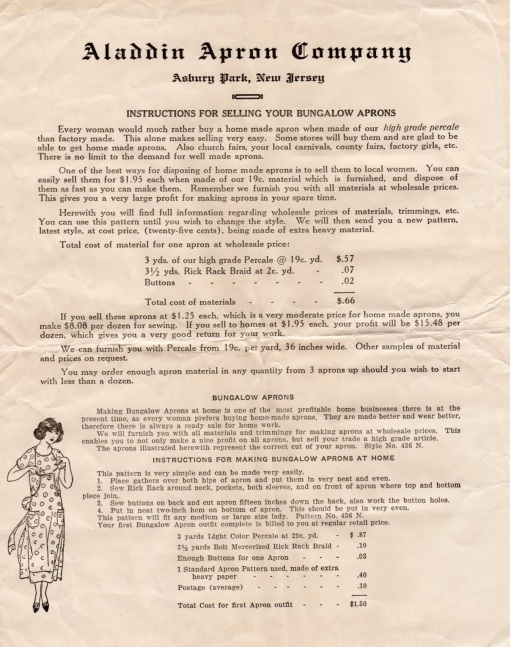
Modern Pattern Design, Harriet Pepin, 1942

Modern Pattern Design, Harriet Pepin, 1942

Modern Pattern Design, Harriet Pepin, 1942
We probably don’t think too much about types of darts in our clothing. Either they are present or not, short or long, narrow or wide.
When looking at historical sewing you sometimes see darts in groups, such as at the shoulder or waist, darts in odd to a modern eye places, such as near the hip or back of the neck, darts in multiple places, like the armscye and shoulder, or darts that are really more like vertical tucks, which let the fabric ease out at the top and or bottom (this can be especially nice at the ribcage, ending at the bottom of the bust, or top of the hip).

Modern Pattern Design, Harriet Pepin, 1942

Alterations for a prominent abdomen, Art of Dressmaking, Butterick, 1927
What you see in those cases are either straight line darts or those that jog in the middle, reducing the garment by a little wedge shape of fabric.

Clothing Construction, Clara Brown Arny, 1934
But they’re straight. Usually even when they transect the back waist.

Modern Pattern Design, Harriet Pepin, 1942
There are other cases where you see a curved seam in a standard dart location, but that is usually either used to gather in fullness above or below or as a design choice.
And then there are curved darts. I can’t believe I’ve only just discovered them. I guarantee that I’ve used them before, either as lazy sewing or to adjust fit, but I’ve only just realized that they can be a design intention, meant to solve a problem. Don’t laugh at me. I’m working with a pant pattern that has a long, slightly inward curving waist dart. The paint is high waisted and if the dart didn’t curve in, it wouldn’t fit the small of the back. But of course such darts can also be used for specific figures: inward curving for a flatter bum, outward curving for a rounder bum.

Straight dart at bust, 1970s pattern

Slightly inward curving dart, 2017 high waisted pant pattern









